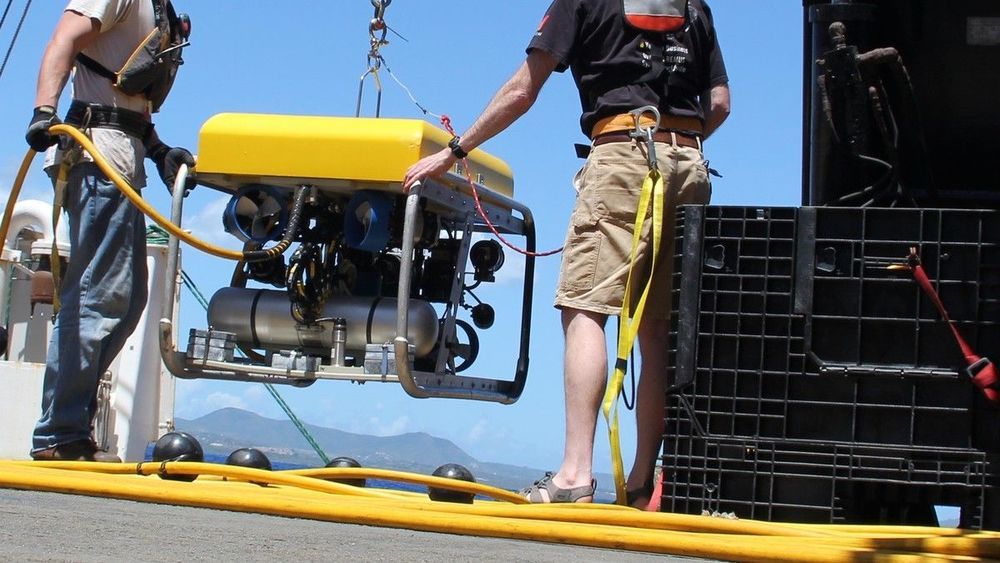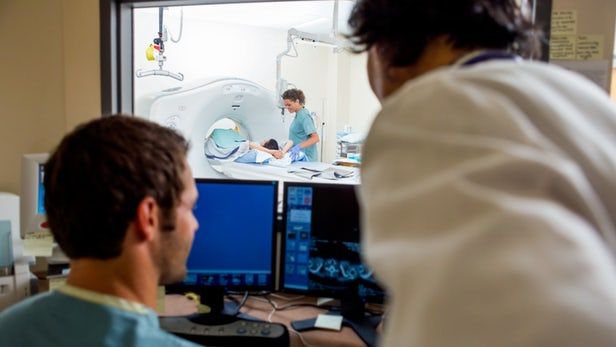Nvidia’s incredible people-creating AI is now available online. Now you can create startling images of people who do not exist, to your heart’s content.



Our morning routine could be appended to something like “breakfast, stretching, sit on a medical examiner, shower, then commute.” If we are speaking seriously, we don’t always get to our morning stretches, but a quick medical exam could be on the morning agenda. We would wager that a portion of our readers are poised for that exam as they read this article. The examiner could come in the form of a toilet seat. This IoT throne is the next device you didn’t know you needed because it can take measurements to detect signs of heart failure every time you take a load off.
Tracking heart failure is not just one test, it is a buttload of tests. Continuous monitoring is difficult although tools exist for each test. It is unreasonable to expect all the at-risk people to sit at a blood pressure machine, inside a ballistocardiograph, with an oximeter on their fingers three times per day. Getting people to browse Hackaday on their phones after lunch is less of a struggle. When the robots overthrow us, this will definitely be held against us.
We are not sure if this particular hardware will be open-source, probably not, but there is a lesson here about putting sensors where people will use them. Despite the low rank on the glamorous scale, from a UX point of view, it is ingenious. How can we flush out our own projects to make them usable? After all, if you build a badass morning alarm, but it tries to kill you, it will need some work and if you make a gorgeous clock with the numbers all messed up …okay, we dig that particular one for different reasons.


The Longevity Therapeutics Summit was focused on therapeutics that target aging, rather than basic research or theory.
This was the first year for the Longevity Therapeutics Summit in San Francisco, California. Ably organized by Hanson Wade, with John Lewis, CEO of Oisín Biotechnologies, as program chair, the conference focused on senolytics for senescent cell clearance, big data and AI in finding new drugs (“in silico” testing), delivery systems for therapeutics like senolytics, TORC1 drugs, and biomarkers of aging, and the challenges of clinical trial development and FDA approval.
The conference featured a smorgasbord of cutting-edge longevity research, and, as the name implies, the general focus was on therapeutics that target aging, rather than basic research or theory.
Ned David, CEO of Unity Biotechnology, kicked off the conference with a talk about the company’s latest research on senolytics, which clear away senescent (“zombie”) cells, which secrete harmful chemicals that can cause neighboring cells to also become senescent. Unity has made the news recently with an extension request for its clinical trial of its first-in-class senolytics for osteoarthritis. Its preliminary Phase 1 clinical trial results were deemed “safe,” a major step in obtaining FDA approval, and the full results will be available later this year or in 2020.

Plants are master chemists, and Michigan State University researchers have unlocked their secret of producing specialized metabolites.
The research, published in the latest issue of Proceedings of the National Academy of Sciences, combined plant biology and machine learning to sort through tens of thousands of genes to determine which genes make specialized metabolites.
Some metabolites attract pollinators while others repel pests. Ever wonder why deer eat tulips and not daffodils? It’s because daffodils have metabolites to fend off the critters who’d dine on them.


Researchers this week announced they had developed an automatic text generator using artificial intelligence which is very good—so good, it is keeping details private for now.
That software developed by OpenAI could be used to generate news stories, product reviews and other kinds of writing which may be more realistic than anything developed before by computer.
OpenAI, a research center backed by Tesla’s Elon Musk, Amazon and Microsoft, said the new software “achieves state-of-the-art performance on many language modeling benchmarks,” including summarization and translating.

Deep-learning neural networks have come a long way in the past several years—we now have systems that are capable of beating people at complex games such as shogi, Go and chess. But is the progress of such systems limited by their basic architecture? Shimon Ullman, with the Weizmann Institute of Science, addresses this question in a Perspectives piece in the journal Science and suggests some ways computer scientists might reach beyond simple AI systems to create artificial general intelligence (AGI) systems.
Deep learning networks are able to learn because they have been programmed to create artificial neurons and the connections between them. As they encounter new data, new neurons and communication paths between them are formed—very much like the way the human brain operates. But such systems require extensive training (and a feedback system) before they are able to do anything useful, which stands in stark contrast to the way that humans learn. We do not need to watch thousands of people in action to learn to follow someone’s gaze, for example, or to figure out that a smile is something positive.
Ullman suggests this is because humans are born with what he describes as preexisting network structures that are encoded into our neural circuitry. Such structures, he explains, provide growing infants with an understanding of the physical world in which they exist—a base upon which they can build more complex structures that lead to general intelligence. If computers had similar structures, they, too, might develop physical and social skills without the need for thousands of examples.

Germaphobes rejoice: you can now check in with confidence, thanks to this nifty little device.
The robot uses UV light to scour surfaces – including bed sheets – without the need for harmful chemicals or manual labour. This method is found to be effective against 99.9 per cent of pathogens tucked away in the fabric of hotel suites.